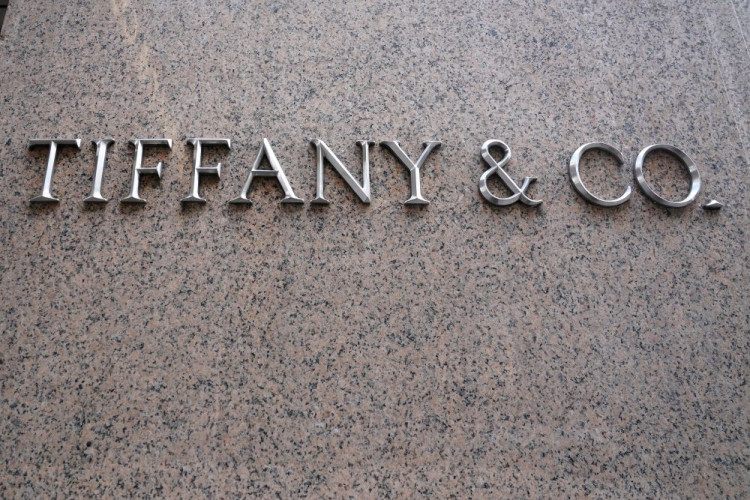Luxury jeweler Tiffany&Co reported second-quarter results that fell short of sales expectation. Financial results of the American luxury jewelry and specialty retailer was overwhelmed by widespread market decline both domestic and international.
Tiffany's worldwide net sales declined 3 percent to $1 billion compared to the same quarter last year. Its net earnings were also down 6 percent to $136 million compared to last year's $145 million. The luxury jewelry's net earnings per diluted share were $1.12 compared to the 1.17 last year.
Elsewhere, the American jewelry specialty retailer was overwhelmed by a sales decline in its various locations. In the United States, total net sales dropped 4 percent in both the second quarter and the first half, to $455 million and $861 million respectively.
In its announcement, Tiffany said the decline in the U.S. was due to lower spending by foreign tourists combined with the same trend among local customers.
Tiffany had also experienced a decline in the Asia Pacific region with total net sales down 1 percent in both the second quarter and the first half, $298 million and $622 million respectively. The company said the decrease in the region is brought about by the wide gap in the exchange rate as a result of worldwide market instabilities.
The widespread dip in the Asia Pacific region was compensated in part by the strong sales growth in Mainland China. Tiffany's Chief executive Officer Alessandro Bogliolo said there had been a double-digit growth in sales coming from the mainland.
On the other hand, there have been "softer" activities in Hong Kong. The previously touted as the Asian financial hub has become the region of grave concerns among investors. Bogliolo said Tiffany lost six selling days in Hong Kong which unfortunately was the luxury jeweler's fourth-largest market. If market instabilities continue, Hong Kong could drag Tiffany's full fiscal year.
Sales in Japan were not looking good as well with stagnant net sales of $155 million from the same quarter last year.
In Europe, meanwhile, the decline was at 4 percent in both the second quarter and in the first half which was $116 million and $219 million respectively.
Despite the lackluster second-quarter result, Tiffany's brand remains strong and healthy, according to CFRA Research analyst Camilla Yanushevsky. This was driven primarily by its strategic diversification and consumer targeting.
Recently, Tiffany launched fresh collections that included affordable pieces targeted to Millennial shoppers. The demographic was said to be gravitating toward the competitions, Pandora and Signet Jewelers, which offer less expensive jewelry.






